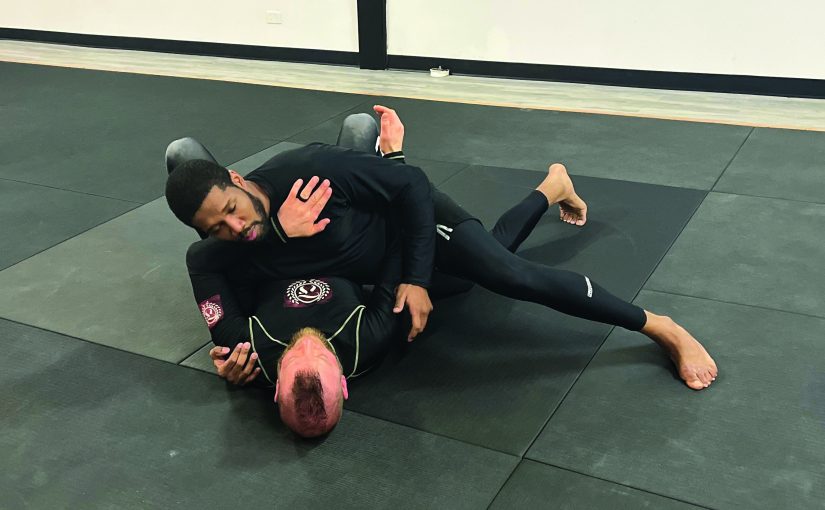The Benefits of Brazilian Jiu-Jitsu
Training to Improve Officer Wellness and Community Relations

Conversations surrounding Brazilian Jiu-Jitsu training for law enforcement has been gaining increasing traction in recent years. Some police leaders are on board and have begun implementing training programs within their department or via community partnerships with local martial arts academies. Other leaders are skeptical about its benefits and practicality, especially in comparison to perceived drawbacks, such as injuries and training costs. This article will cover three areas: brief background information on the art of Brazilian jiu-jitsu, insight into its major benefits to law enforcement while addressing the drawbacks, and a discussion on the often-understated benefits on the impact of the art on community-police relations.
The term “jiu-jitsu,” also spelled “jujitsu,” translates to “gentle art.” Brazilian Jiu-jitsu (BJJ) was developed in the early 1900s in Brazil by the Gracie family. They refined the techniques they learned from the art of judo while placing emphasis on the ground control tactics for self-defense. This afforded smaller practitioners the ability to use leverage and efficiency over strength to survive against or even defeat a larger adversary. The art gained increasing popularity in the 1980s when members of the Gracie family moved to the United States and began not only teaching, but also issuing challenges to anyone interested in testing their skills against practitioners of BJJ. Success in these “Gracie Challenges” caught the attention of the U.S. Army, which added a BJJ curriculum to its training, and eventually many police departments followed suit.


